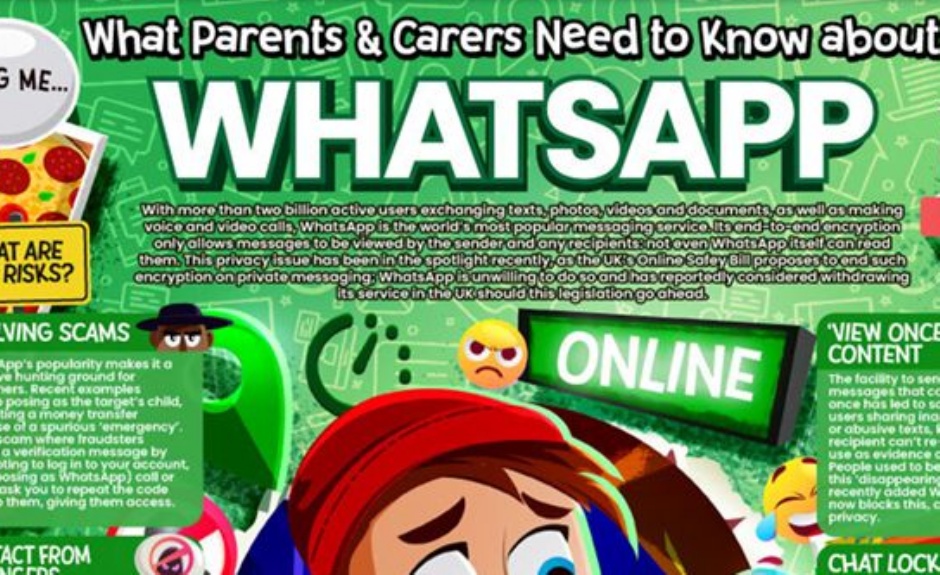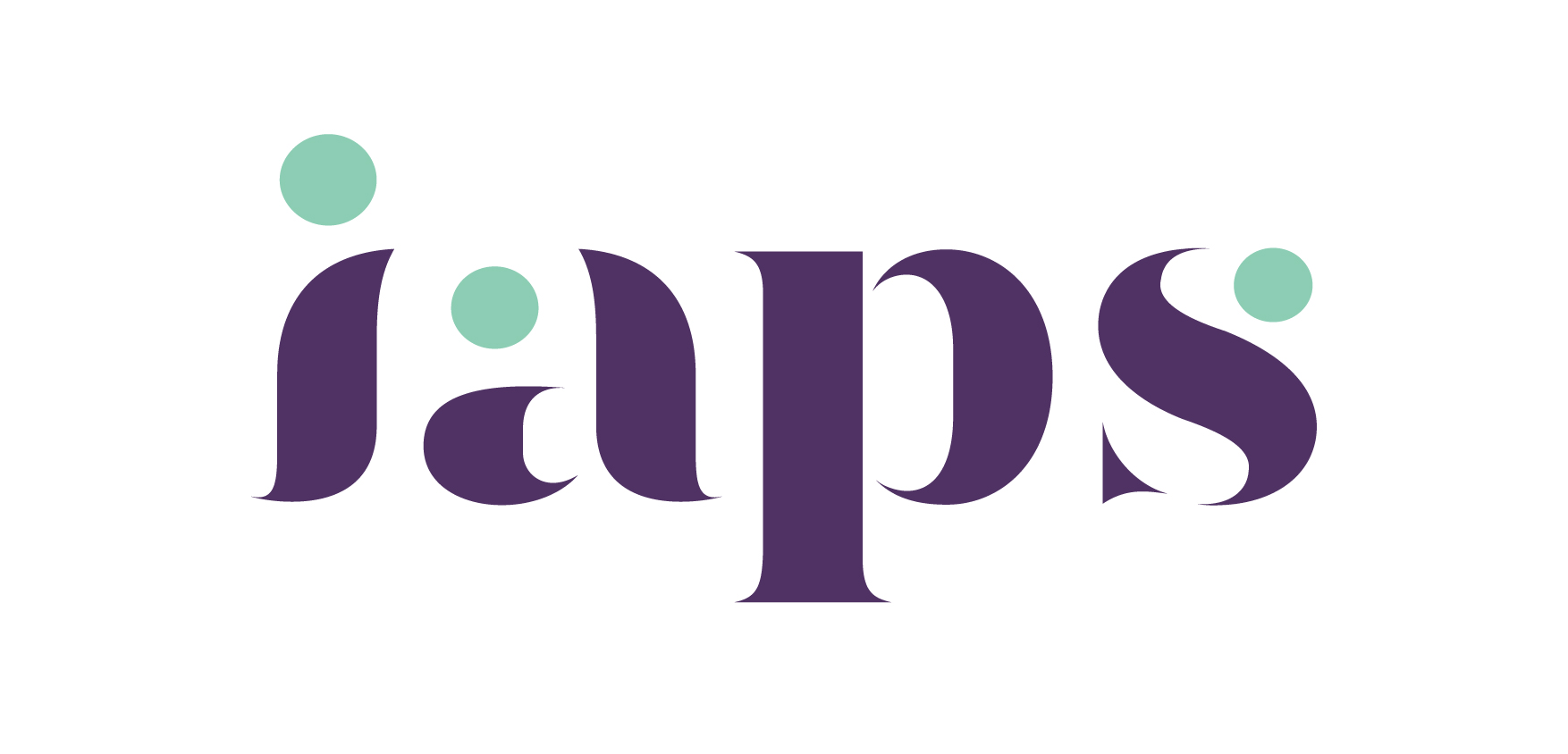A Parent’s Guide to Keeping Children Safe Online and Beyond

Schools, families, and communities play a pivotal role in protecting children from harm. As technology continues to evolve, so do the challenges faced by young people.
The online world, while offering incredible opportunities for learning and connection, also presents significant risks — many of which we as parents may not fully see until it’s too late.
Today, safeguarding isn’t just about physical safety in the schoolyard. It extends into the digital spaces where children spend an increasing amount of their time. A recent UK study showed that over 40% of children have seen harmful or violent content online, and more than one in four have been contacted by strangers. These numbers are more than statistics; they reflect real-world issues affecting our children’s wellbeing every day.
Perhaps even more concerning, research indicates that 68% of young people report that their mental health has suffered due to time spent online. Many feel pressure to compare themselves to curated images on social media, or they experience anxiety from the constant connectivity that comes with smartphones and apps like WhatsApp.
WhatsApp, used widely by children and teens, has become a preferred way to stay in touch with friends — but it’s not without risks. Its group chat feature means that children can be added to conversations with people they don’t know, and its “disappearing messages” function can make it difficult for parents to monitor interactions. Since anyone with your child’s number can send a message, it becomes even more important to understand and control privacy settings.
Children may feel pressured to stay active in chats late into the night, or they might encounter bullying, inappropriate content, or even grooming by individuals pretending to be someone they’re not. While WhatsApp offers some safety features, these must be actively configured — and even then, no setting can replace a child’s judgment and confidence in knowing when something feels wrong.
Protecting children in today’s world takes a proactive and open approach. The first and most powerful tool at a parent’s disposal is communication. Having regular, non-judgmental conversations about our children’s online experiences helps build trust and makes it more likely they’ll turn to us if something goes wrong.
It’s also helpful to sit down together and review privacy settings on platforms like WhatsApp. Ensuring your child’s profile is only visible to known contacts, disabling automatic group additions, and understanding the app’s reporting and blocking features can all provide an extra layer of security.
Equally important is setting clear expectations about screen time and online behaviour. We should explain why certain rules exist, such as no phones in bedrooms overnight or limits on who they can connect with. And, when possible, we should lead by example — demonstrating healthy tech habits encourages our children to do the same.
Digital safeguarding isn’t just about preventing harm — it’s about supporting children to thrive emotionally and socially. Checking in with our children about how they feel after spending time online is very important. Are they relaxed, or anxious? Do they feel included, or left out? These emotional cues can help us detect issues that our children might not yet be able to articulate.
Schools also play a vital role. PSHEe lessons are designed to educate pupils about their rights, how to spot warning signs of abuse or manipulation, and where to seek help. Parents are encouraged to engage with these efforts — attend any workshops offered, read school communications, and reinforce the messages children are receiving at school.
We don’t have to navigate this alone. Organizations like the NSPCC and Internet Matters provide free guides on managing children’s online lives. From app-specific advice to broader safety tips, these resources are designed to empower parents with practical tools and current information. Reporting platforms like Action Fraud are also available if you suspect online exploitation or abuse.
Ultimately, safeguarding is a shared responsibility — one that extends into our everyday choices. By staying informed, talking openly with our children, and taking steps to monitor and support their digital lives, we help ensure that they grow up to be confident, healthily connected, and safe.
Craig Cuyler
Designated Safeguarding Lead/Director of Wellbeing/Head of PSHEe








